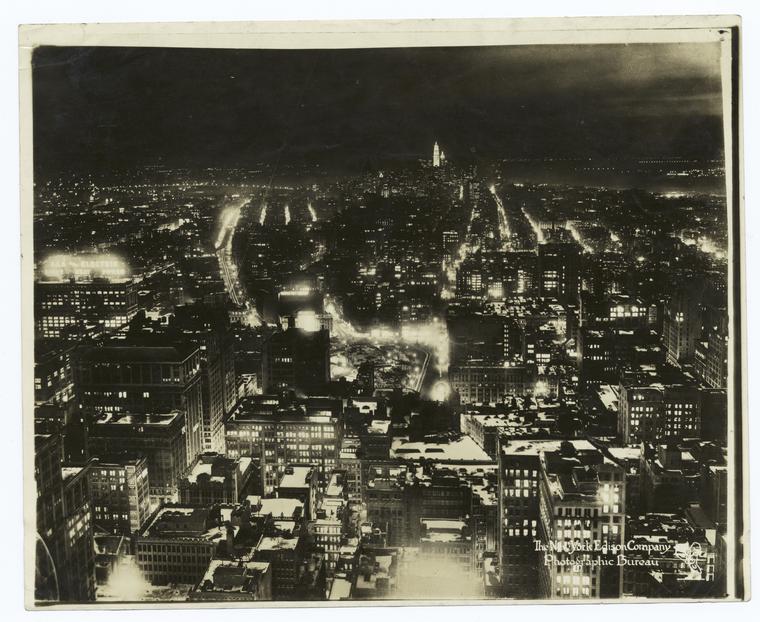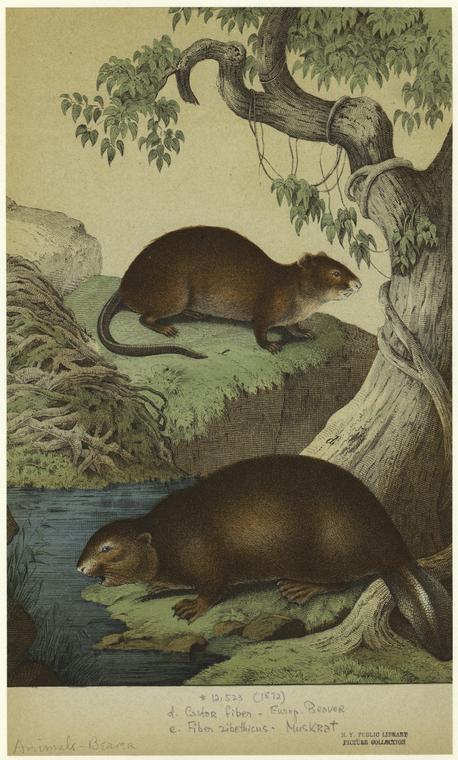NYC Neighborhoods
The City of Light Before the Advent of Electricity: New York City Travel Writing, 1600s

The city that has insinuated its way into the hearts of so many travelers has inspired an incredible outpouring of travel guides and literature.
Travel writing at its best is half reporting and half myth-creating by the adventurer fortunate to visit an unknown, perhaps exotic destination. These treatises offer a snapshot of a particular place and period of time, capturing the local culture, quirks, cuisines and curiosities. Travel essays are excellent guides for an audience unfamiliar with the locale--offering tips as to where to eat, what to see, and what to avoid. They sometimes tell as much about the author as about the place visited. Travel narratives offer material for daydreamers in love with the unknown, or for those nostalgic for a place they themselves once visited. And sometimes, travel writing is an excellent source for historians seeking to understand a location in the past.
New York City, known as one of the pre-eminent travel destinations in the United States, has been thus documented from its very dawn as a settlement. Can you imagine the city of skyscrapers as forest and stream, teeming with fish and wild animals? My favorite early documentation of the metropolis as such is the 1650 treatise by Adriaen van der Donck, A Description of New Netherland.
Van der Donck, a Dutch colonist who had fallen afoul of notably cranky colonial governor Peter Stuyvesant--whom he accused of mismanagement of the colony--had been exiled back to the Netherlands as punishment for his rabble-rousing activities. To convince the Dutch States General to remove Stuyvesant, and to entice new emigrants to the colony, van der Donck published what one might label one of the first New York real estate advertisements.

Van der Donck dedicated chapters to describing the land forms and the waterways, the flora and the fauna--from bald eagles, mountain lions and whales to medicinal herbs. He described the soils for farming, the seasons, the possibilities for military defense of Long Island. He described a curious creature that can only be the hummingbird, and he even dedicated an entire chapter to the animal perhaps most important to the economy of the early settlement, the mammal featured on our city seal. Yes, the Beaver.

Most significantly, Adriaen van der Donck's work reminds us of the unexplored potential of the continent, from a European perspective,
"therefore we may safely say that the full extent of the country is not known, though there are indications, such as the prevailing wind from landward, the severe cold, the multitude of beavers and other game being caught, and the passage and return of great flocks of waterfowl, that the land stretches for hundreds of miles into the interior, so that the size of this province is yet unknown."
In the end, van der Donck was allowed to return, establishing his own farm in the area now named Yonkers. More importantly, perhaps influenced by his treatise, newcomers of all stripes continued to emigrate to the colony. He was less successful in his goal of unseating Stuyvesant, however, who stayed on to eventually sign New York over to the English.
To learn more about the history of Adriaen van der Donck and New Netherland, I would highly recommend the book The Island at the Center of the World.
To locate additional works on the topic, search the following subject headings in our catalog:
New York (State) -- History -- Colonial period, ca. 1600-1775.
New Netherland -- History.
Dutch -- New York (State) -- History -- 17th century.
Read E-Books with SimplyE
 With your library card, it's easier than ever to choose from more than 300,000 e-books on SimplyE, The New York Public Library's free e-reader app. Gain access to digital resources for all ages, including e-books, audiobooks, databases, and more.
With your library card, it's easier than ever to choose from more than 300,000 e-books on SimplyE, The New York Public Library's free e-reader app. Gain access to digital resources for all ages, including e-books, audiobooks, databases, and more.
If you don’t have an NYPL library card, New York State residents can apply for a digital card online or through SimplyE (available on the App Store or Google Play).
Need more help? Read our guide to using SimplyE.
Comments
Rikers
Submitted by (not verified) on January 11, 2010 - 3:04pm
Rikers Island
Submitted by Laura Ruttum on January 12, 2010 - 4:29pm